
Canine Care Unraveled: Part 3
The Dog Journal Canine Care: Part Three Hello from Perfect Match Poodles. This is the story of our experience with the Canine Care Certified program.
Gordon Setters have established themselves as a highly regarded and versatile breed of dogs, renowned for their distinctive appearance and exceptional abilities. Originating in Scotland, they were traditionally bred as hunting dogs, excelling in tracking and retrieving game birds. Their elegant and athletic build, coupled with their keen sense of smell, make them superb hunting companions.
Beyond their hunting prowess, Gordon Setters have also gained popularity as beloved pets, treasured for their loyal and affectionate nature. They thrive on human companionship and are known for forming strong bonds with their owners and families. However, they require consistent training and mental stimulation to channel their intelligence and prevent boredom.
Written By: The Dog Journal
The Gordon Setter breed originated in Scotland during the 17th century, with the intention of creating an ideal hunting dog capable of tracking and retrieving game birds in rugged terrains. They were named after Alexander Gordon, the fourth Duke of Gordon, who played a crucial role in developing and refining the breed. Alexander was a Scottish nobleman who played a pivotal role in the development and popularization of the Gordon Setter breed. As a prominent figure in Scottish society, the duke had a passion for hunting and wanted to create an ideal hunting dog that possessed specific traits and abilities.
The duke selected and selectively bred different setter breeds, including the Black and Tan Setter, to create a distinct breed that met his standards. He aimed to develop a dog with a keen sense of smell, stamina, and a regal appearance that would excel in tracking and retrieving game birds, particularly in the challenging terrains of the Scottish Highlands.
The breed that emerged from the duke’s breeding efforts was a striking dog with a glossy black coat and rich mahogany markings, which became known as the Gordon Setter. The duke’s influence and patronage significantly contributed to the breed’s recognition and popularity, both among hunting enthusiasts and as a companion dog. Gordon Setters were brought to the United States in the late 19th century. The exact timeline and individuals responsible for their introduction may vary, but it is generally believed that Scottish immigrants played a significant role in bringing the breed to America.
Scottish immigrants who settled in the United States often sought to preserve their cultural heritage and traditions, including their love for hunting and sporting dogs. As a result, it is likely that some Scottish immigrants who owned Gordon Setters brought their beloved dogs with them when they migrated to America.
The breed’s presence in the United States expanded as enthusiasts recognized the Gordon Setter’s exceptional hunting abilities and appealing characteristics. As the popularity of the breed grew, breeders and dedicated enthusiasts began actively importing Gordon Setters from Scotland to further establish and promote the breed in the United States.
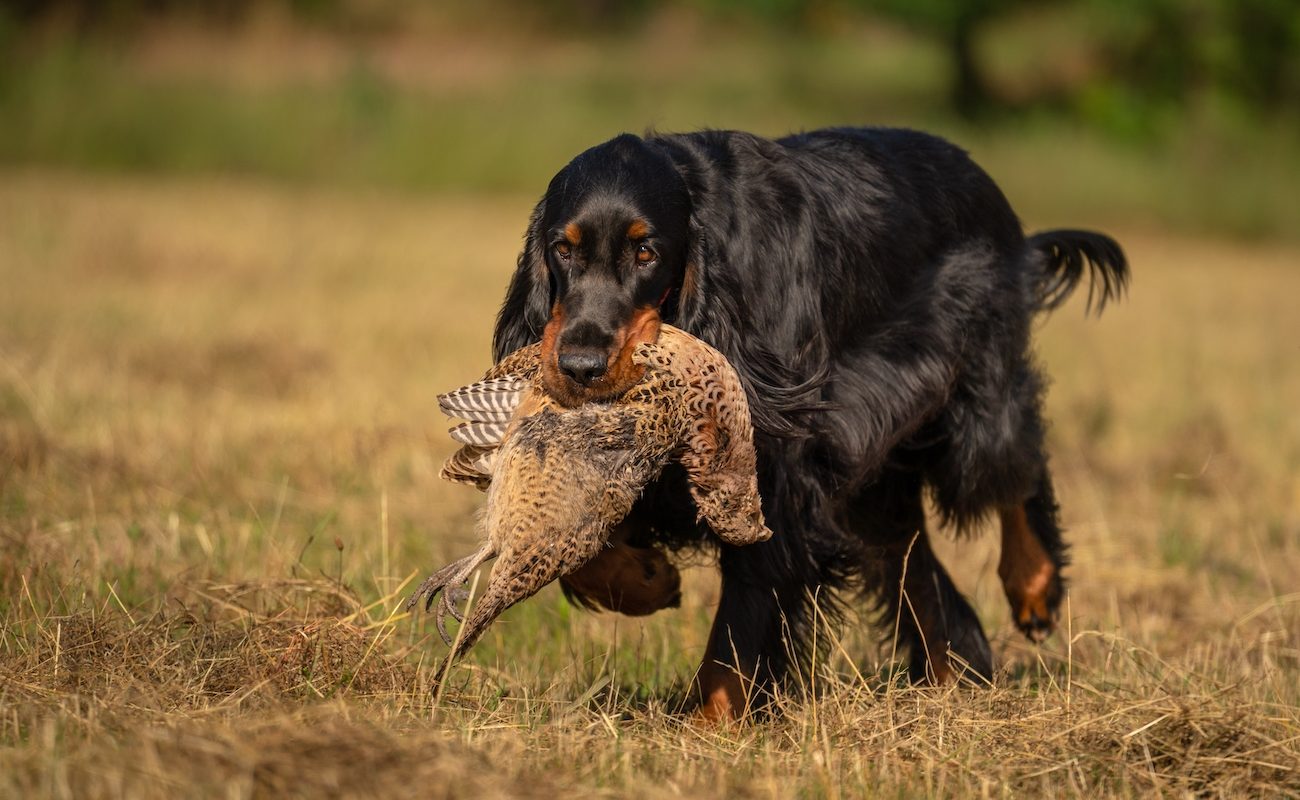
These early imports formed the foundation for the development of the Gordon Setter population in America. The breed gained recognition and appreciation among hunters and dog enthusiasts alike, leading to the establishment of the Gordon Setter Club of America in 1924. This organization aimed to preserve and promote the breed’s standards and welfare. The Gordon Setter was recognized by the American Kennel Club (AKC) in 1884, just a few years after the AKC’s establishment in 1884. This recognition solidified the breed’s status and allowed Gordon Setters to compete in AKC-sanctioned events and shows.
Gordon Setters have moderate grooming needs that are essential for maintaining their beautiful and distinctive appearance. With their long, silky coats, regular grooming is necessary to keep their fur in optimal condition. Their double coat consists of a soft, dense undercoat and a longer, silky topcoat. This coat combination helps protect them from the elements while giving them their signature look. Regular brushing is vital to prevent matting and tangling, as well as to remove loose hair and debris. A slicker brush or a medium-toothed comb can effectively remove tangles and keep their coat looking its best.
Additionally, Gordon Setters should receive regular baths to keep their coat clean and healthy. However, excessive bathing should be avoided, as it can strip their coat of its natural oils. It is important to use a dog specific shampoo and conditioner to maintain the coat’s luster and prevent skin irritation. Other grooming needs include regular nail trimming, ear cleaning, and teeth brushing. Ensuring their ears are clean and free from moisture is crucial to prevent ear infections, while regular teeth brushing promotes good dental health.
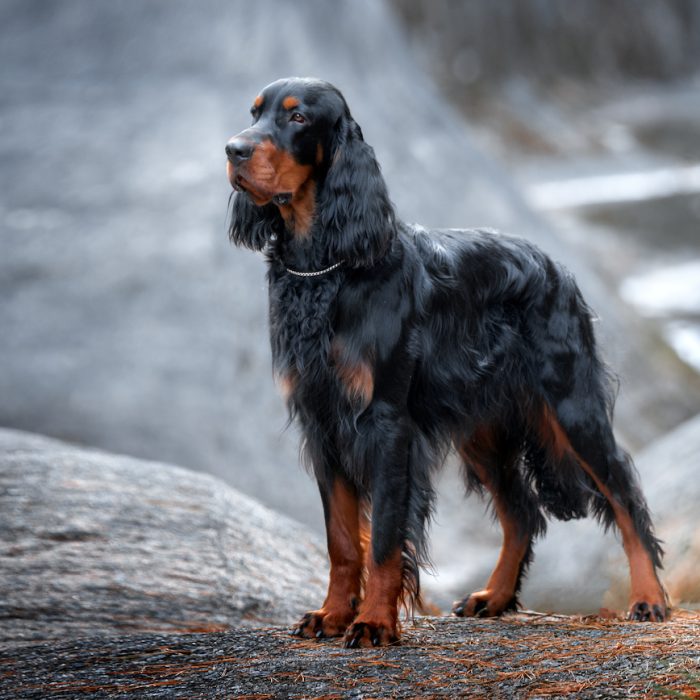
Gordon Setters are an active and energetic breed that requires regular exercise to maintain their physical health and mental well-being. As sporting dogs with a strong hunting instinct, they have a natural drive to be active and engaged. Daily exercise is crucial for Gordon Setters to prevent boredom, restlessness, and potential behavioral issues. A minimum of one hour of vigorous exercise is recommended, which can be achieved through activities such as brisk walks, jogging, hiking, or playing fetch in a secure area.
Engaging their minds is equally important, as Gordon Setters are intelligent and thrive on mental stimulation. Interactive games, puzzle toys, and obedience training sessions can help keep their minds sharp and focused. These activities also strengthen the bond between the owner and the dog. Gordon Setters excel in various dog sports, including agility, obedience trials, and tracking. Participating in these activities not only provides them with physical exercise but also channels their energy and gives them a sense of purpose.
It’s important to note that Gordon Setters are not well-suited for apartment living or a sedentary lifestyle. They thrive in homes with access to a securely fenced yard where they can run and play freely. A lack of exercise can lead to restlessness, weight gain, and behavioral problems.
Ch. Heatherri Blazing Star, affectionately known as Blaze, was a remarkable Gordon Setter who made a significant impact in the world of dog shows. Born in 1991, Blaze quickly rose to prominence and became one of the most celebrated Gordon Setters of his time. Blaze’s show career was nothing short of extraordinary. With his striking appearance, impeccable movement, and charismatic personality, he captured the attention of judges and spectators alike. Blaze accumulated an impressive list of achievements, including multiple Best in Show wins and numerous titles.
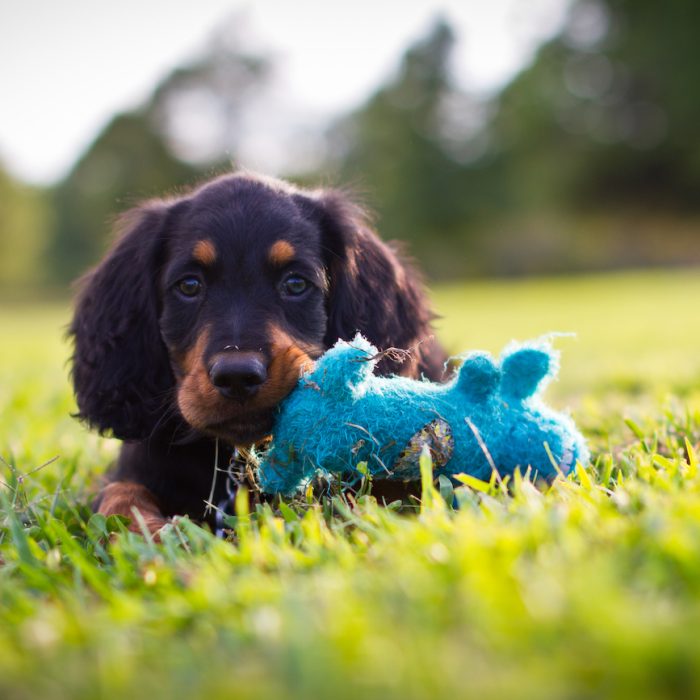
One of the highlights of Blaze’s show career was his historic win at the Westminster Kennel Club Dog Show in 1996. Under the expert handling of his owner and handler, Linda Pitts, Blaze took home the coveted Best in Show title, solidifying his place in breed history. His victory at Westminster helped bring attention to the Gordon Setter breed and showcased Blaze’s exceptional qualities. Blaze’s success extended beyond the Westminster Kennel Club Dog Show. He consistently performed at a high level in various prestigious dog shows, leaving a lasting impact on the breed. His legacy as a top-winning Gordon Setter continues to inspire breed enthusiasts and future generations of Gordon Setter exhibitors.
Beyond his show ring accomplishments, Blaze was known for his gentle and affectionate nature. He embodied the breed’s loving and loyal temperament, endearing himself to his owners and admirers. Ch. Heatherri Blazing Star’s contributions to the Gordon Setter breed are immeasurable. He left an indelible mark on the dog show world and helped promote the breed’s qualities and beauty. Blaze will always be remembered as a true ambassador of the Gordon Setter breed and a beloved representative of his lineage.
Balvenie Fiddle of Braeburn, commonly known as Fiddle, was a remarkable Gordon Setter who made a significant impact in the field of field trials. Fiddle’s achievements and contributions helped promote the breed’s hunting abilities and athleticism.
Field trials are competitions where hunting dogs show off their skills in simulated hunting situations. They test the dogs’ natural instincts, training, and performance in different hunting tasks like finding birds, pointing at them, retrieving shot birds, and listening to their handler’s commands. These trials happen outdoors in places that look like real hunting areas, such as fields, forests, and wetlands. The goal is to create scenarios that mimic actual hunting situations, so judges can see how well the dogs can find game, act like good hunters, and listen to their owners’ instructions.
Fiddle earned the prestigious title of American Field Champion…
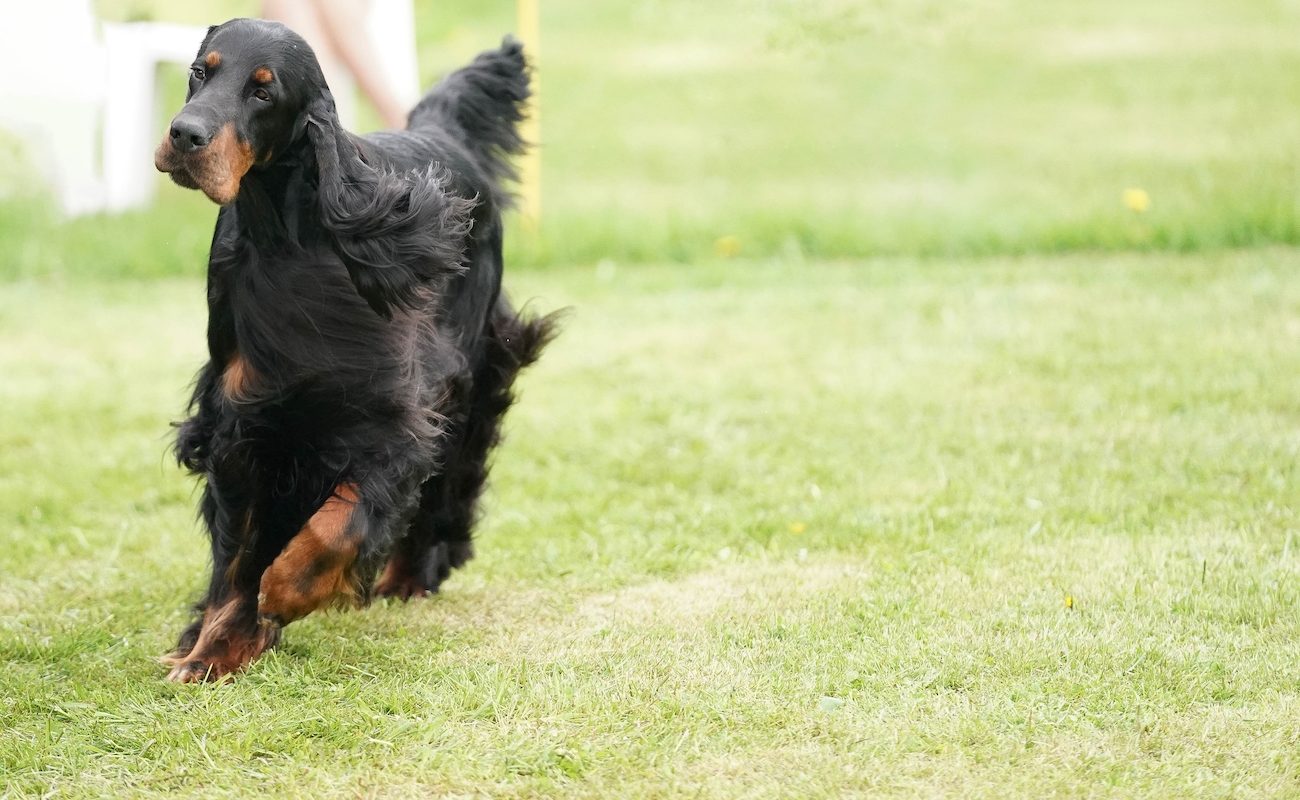
becoming the first Gordon Setter to achieve this distinction. The American Field Championship title is awarded to dogs who demonstrate exceptional performance in field trials, which are competitive events that assess a dog’s hunting skills, including their ability to locate and retrieve game birds. Fiddle’s success in field trials showcased the Gordon Setter’s natural instincts, intelligence, and working capabilities. His achievements helped solidify the breed’s reputation as a skilled hunting companion, capable of excelling in demanding field trial competitions.
Gordon Setters have a natural inclination for hunting and excel in various aspects of the sport. Their exceptional scenting ability allows them to track game with precision, making them valuable assets to hunters. They are particularly skilled in locating and retrieving birds, displaying remarkable agility and endurance in the field.
While Gordon Setters are esteemed for their hunting capabilities, they are equally cherished as loyal and affectionate family companions. They form strong bonds with their owners and thrive on close human interaction. Their gentle and patient demeanor makes them excellent companions for children, as they are generally tolerant and protective.
The Gordon Setter is a good-sized, sturdily built, black and tan dog, well muscled, with plenty of bone and substance, but active, upstanding and stylish, appearing capable of doing a full day’s work in the field. He has a strong, rather short back, with well sprung ribs and a short tail. The head is fairly heavy and finely chiseled. His bearing is intelligent, noble, and dignified, showing no signs of shyness or viciousness. Clear colors and straight or slightly waved coat are correct. He suggests strength and stamina rather than extreme speed. Symmetry and quality are most essential. A dog well balanced in all points is preferable to one with outstanding good qualities and defects. A smooth, free movement, with high head carriage is typical.
Size
Shoulder height for males, 24 to 27 inches; females, 23 to 26 inches. Weight for males, 55 to 80 pounds; females, 45 to 70 pounds.
Proportion
The distance from the fore chest to the back of the thigh is approximately equal the height from the ground to the withers. The Gordon Setter has plenty of bone and substance.
Head

Neck, Topline, Body
Forequarters
Hindquarters
Coat
Color and Markings
Gait
Temperament

The Dog Journal Canine Care: Part Three Hello from Perfect Match Poodles. This is the story of our experience with the Canine Care Certified program.

Ever heard of the SWOT Analysis? Well, it’s a super valuable tool that can help any business grow and thrive, and Chuck Holt, with New Now Services, is taking the time to contribute a continued series of “workshop” articles, designed to help you implement this tool into your dog breeding business.
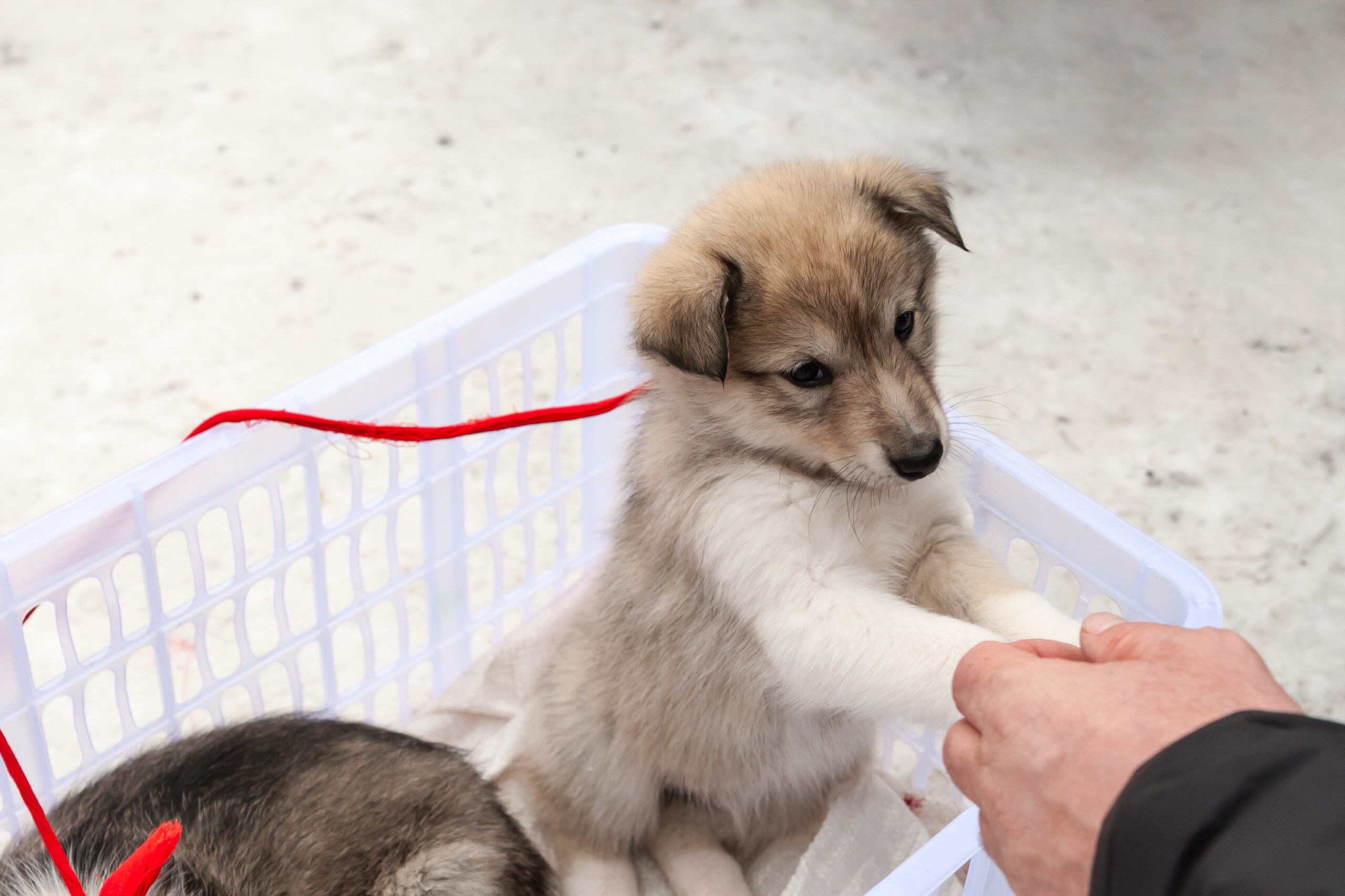
Many adopters have read on countless websites that they might be denied approval for adoption if they do not ask enough questions… So, they Google a list of things they believe you will expect them to ask, to prove they are an informed adopter!